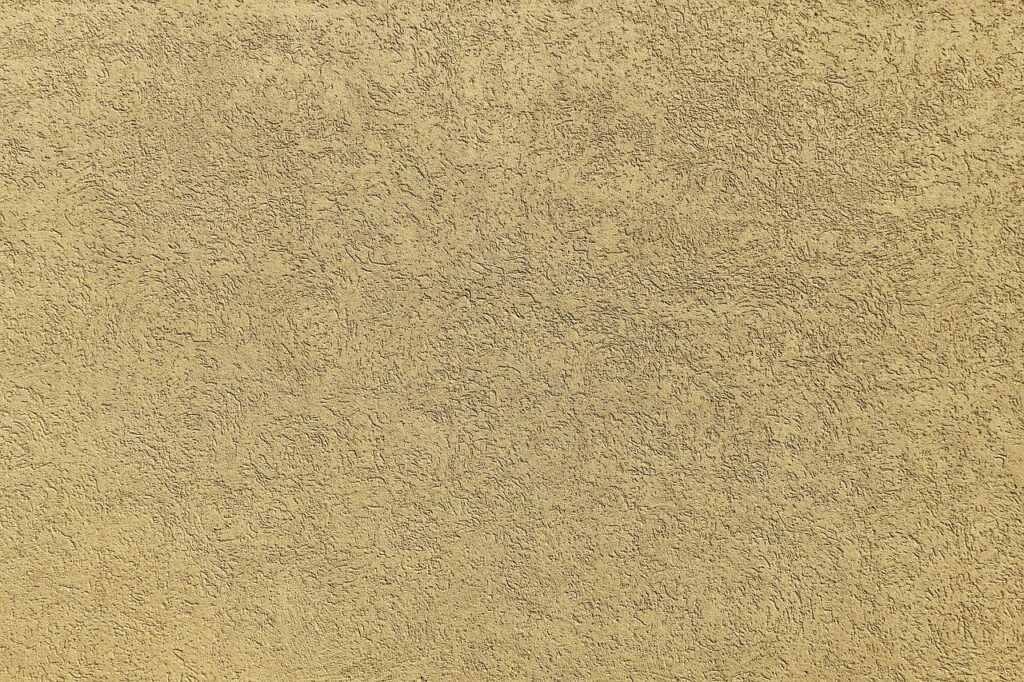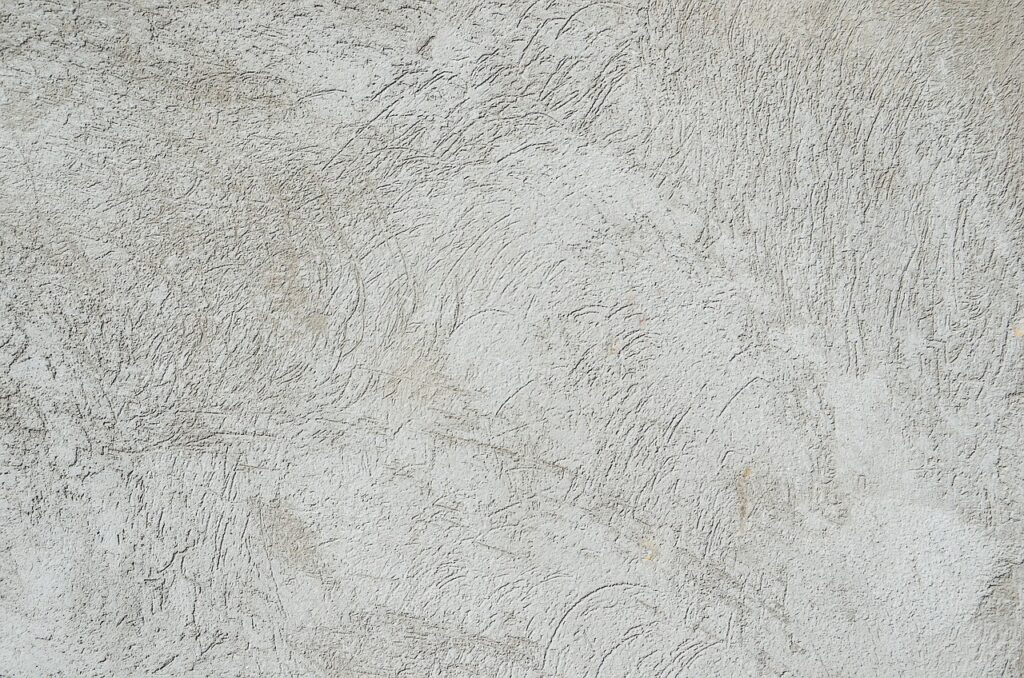Plastering is a critical task in construction, whether you’re working on new builds, renovations, or creative projects. Knowing how to mix plaster properly is essential for achieving a smooth and durable finish.
In this guide, we will walk you through the plaster mixing process, discuss various types of plaster, and offer valuable tips for maintaining plastered surfaces. With the right approach, mixing plaster can be straightforward and effective.
Let’s get straight to the point.
Plastering is a key construction task, and proper plaster mixing ensures smooth, durable finishes for walls and ceilings. Plaster, made from gypsum, lime, or cement mixed with water, can be used for various applications.
Common types of plaster include lime, cement, synthetic, gypsum, and clay, each suited to specific uses. Proper plaster mixing involves cleaning tools, gradually adding plaster to water, and checking consistency.
Once applied, plaster needs to dry and cure properly to avoid cracks and ensure strength. Regular cleaning, maintenance, and inspections help extend the life of plastered surfaces.
What Is Plaster?
Plaster is a versatile construction material used for creating smooth surfaces on walls and ceilings. It is typically made by mixing gypsum, lime, or cement with water to form a paste that can be applied to surfaces. Once dried, plaster provides a durable, hard finish that can be painted, wallpapered, or decorated with mouldings. Plaster has been used for centuries for its fire resistance, durability, and ability to conceal cracks or flaws.
Types Of Plaster
There are several types of plaster, each suited for different applications and environments. Below are the most common types:
1. Lime Plaster
Lime plaster is made by combining lime, sand, and water. It has been used for millennia due to its self-healing properties and breathability. Lime plaster is often used in older buildings and restoration projects where moisture control is crucial.
2. Cement Plaster
Cement plaster consists of cement, sand, and water. It is commonly used for exterior walls due to its durability and weather resistance. Cement plaster is ideal for substrates like concrete, brick, or stone.
3. Synthetic Plaster
Synthetic plasters are modern alternatives that include polymers and resins, making them more flexible and resistant to cracking. They are commonly used in areas where durability is a priority.
4. Gypsum Plaster
Gypsum plaster, or plaster of Paris, is created by heating gypsum to remove its water content. Due to its smooth finish and fire-resistant properties, it is widely used for interior walls and ceilings.
5. Clay Plaster
Clay plaster is made from natural materials such as clay, sand, and straw. It is an eco-friendly option often used in sustainable construction because it provides good insulation and regulates humidity levels.

Tools And Materials For Plaster Mixing
Before mixing plaster, gather the necessary tools and materials to ensure a smooth process. Here’s what you’ll need:
Tools:
- Large Mixing Bucket or Tub: Choose a large container to prevent spills.
- Drill with Paddle Mixer Attachment: A smooth wood plank can be used if unavailable.
- Trowel Bucket: Useful for cleaning tools.
- Paintbrush: This is used to clean up plaster spills and finishing touches.
Materials:
- Finish Plaster: Choose the right type for your project.
- Clean Water: Always use fresh water for mixing.
- Tarpaulins or Dust Sheets: To cover surfaces and keep the workspace clean.
Step-By-Step Instructions For Plaster Mixing
Mixing plaster can be compared to baking a cake—accuracy in preparation and execution is vital. Follow these steps for the best results:
1. Preparation
Once mixed, plaster has a short working time, so it’s essential to be ready to apply it immediately. Depending on the temperature and humidity of your workspace, plaster can start setting in as little as five minutes. Before mixing, ensure that the areas to be plastered are clean and dry and treated with a PVA (polyvinyl acetate) primer to aid adhesion.
2. Clean Your Equipment
Using clean tools is important to avoid contaminating the plaster mixture. Ensure that your bucket, mixing tools, and trowel are spotless, as any dirt or old plaster remnants will affect the quality of the mix.
3. Fill The Bucket With Water
Fill your bucket with clean water. The amount of water you use will determine the volume of plaster you can mix. Typically, the water-to-plaster ratio is 1:1. Always add plaster to water to avoid lumps, not the other way around.
4. Mix In The Plaster Gradually
Start by adding about half the required amount of plaster to the water. Use your drill with a paddle mixer or another mixing tool to blend the plaster and water thoroughly. Continue adding plaster slowly while mixing to ensure a smooth, lump-free consistency.
5. Check The Consistency
The ideal plaster consistency should be smooth and easy to spread yet thick enough to adhere to walls. You can check by sticking a small piece of wood into the mix—it should stand upright without falling. If the plaster is too thick, it will be difficult to apply evenly, while a too-thin mix will be hard to control.
6. Clean Your Tools
Once your plaster is mixed, clean your tools immediately. Plaster sets quickly and can be difficult to remove once dry. Keep your tools in good condition by cleaning them after each use.
7. Start Plastering
With your plaster mixed and ready, you can begin applying it to your surface. Whether you’re working on a large wall or a small repair, the quality of the plaster mix will determine how smoothly the application goes.
Drying And Curing Plaster
Once plaster has been applied, it must undergo a drying and curing process to harden and become durable. This stage is crucial for ensuring the longevity and stability of the finish.
1. Initial Drying
During the initial drying phase, plaster starts to lose moisture and harden. The drying time will depend on the plaster type, the application’s thickness, and environmental factors such as temperature and humidity. Allowing the plaster to dry thoroughly before applying additional coats or finishes is essential.
2. Preventing Rapid Drying
Rapid drying can cause cracks and uneven surfaces, reducing the quality of the plaster. Control the drying environment by avoiding direct sunlight, draughts, or high heat to prevent this. Maintaining a steady temperature and proper airflow will help even dry.
3. Curing Process
The curing process strengthens the plaster as it continues to harden over time. Although plaster may appear dry to the touch within a few hours, the curing process can take days or weeks, depending on the material. Proper curing ensures the plaster reaches its full strength.
4. Patience During Curing
Rushing the curing process can lead to structural issues like cracks or weakness in the plaster. It’s crucial to give the plaster the proper time to cure before subjecting it to stress or applying paint and finishes.

Cleaning And Maintenance Of Plastered Surfaces
Regular cleaning and maintenance are essential to keeping plastered surfaces looking their best. This helps preserve the aesthetic appeal and extend the lifespan of the plaster.
1. Dusting And Vacuuming
Use a soft brush or a vacuum cleaner with a brush attachment to remove dust and dirt from plastered surfaces. This helps prevent debris from accumulating, which can dull the surface over time.
2. Wipe With A Soft Cloth Or Sponge
Gently wipe down the surface using a soft, damp cloth or sponge. Avoid scrubbing too hard, as this can damage the plaster.
3. Avoid Excessive Moisture
While plaster is somewhat resistant to moisture, prolonged exposure can weaken it. Always clean up spills promptly and ensure that areas around sinks, showers, and bathtubs are well-sealed to prevent water damage.
4. Use Protective Measures
Consider placing coasters under heavy objects and rugs in high-traffic areas to prevent damage from everyday use. This can help protect the plaster from wear and tear.
5. Gentle Cleaning Solutions
When cleaning plaster, avoid harsh chemicals. Instead, opt for mild, pH-neutral detergents diluted in warm water. Always test cleaning solutions on a small, inconspicuous area before applying them to the entire surface.
6. Regular Inspections
Check plastered surfaces regularly for cracks, stains, or other signs of damage. Address any issues immediately to prevent further deterioration. If the damage is severe, consult a professional for repairs.
Conclusion
Mixing plaster correctly is the foundation for achieving a smooth, durable finish on walls and ceilings. By understanding the different types of plaster, following proper mixing techniques, and maintaining plastered surfaces, you can ensure a professional result every time.
Plaster offers flexibility in construction and design, and when applied and maintained correctly, it provides a long-lasting solution for both functional and decorative purposes.
Regular cleaning and care are crucial for keeping plastered surfaces in top condition. By taking a proactive approach to cleaning and maintenance, you can extend the life of your plastered surfaces and keep them looking fresh for years to come.
FAQs About Plaster Mixing
Can I Paint Over The Plaster?
Yes, plaster provides a suitable surface for painting. However, it’s important to ensure the plaster is fully dry and cured before applying paint. Additionally, it’s recommended to use a primer specifically designed for the plaster to promote better adhesion and ensure a smooth and long-lasting paint finish.
How Do I Repair Small Cracks In Plaster?
To repair small cracks in plaster:
- Start by widening the crack slightly using a utility knife or a small chisel.
- Clean the crack and remove any loose debris.
- Apply a plaster patching compound or a premixed joint compound to fill the crack, smoothing it with a putty knife.
- Allow the patch to dry and sand it lightly for a seamless finish before painting or applying a new layer of plaster.
Can Plaster Be Used In Wet Areas, Such As Bathrooms?
While plaster can be used in bathrooms, choosing the appropriate type suitable for wet areas is important. Cement-based or moisture-resistant plaster is recommended for bathrooms and other areas with high humidity. These types of plaster are more resistant to moisture and less likely to develop mould or deteriorate in wet conditions.
How Long Does Plaster Take To Dry?
The drying time of plaster varies depending on factors such as the type of plaster, thickness of application, temperature, and humidity levels. Plaster may take anywhere from a few hours to several days to dry. Therefore, it’s important to allow sufficient drying time before applying additional coats, finishing, or subjecting the plaster to stress or heavy use.
Can I Plaster Over Existing Painted Surfaces?
Plastering over painted surfaces is possible, but it requires proper preparation. To promote better adhesion, the painted surface must be clean and lightly sanded, free from loose paint or debris. In addition, using a bonding agent or a primer specifically designed for plastering over painted surfaces is recommended. This helps create a suitable surface for the plaster to adhere to.

